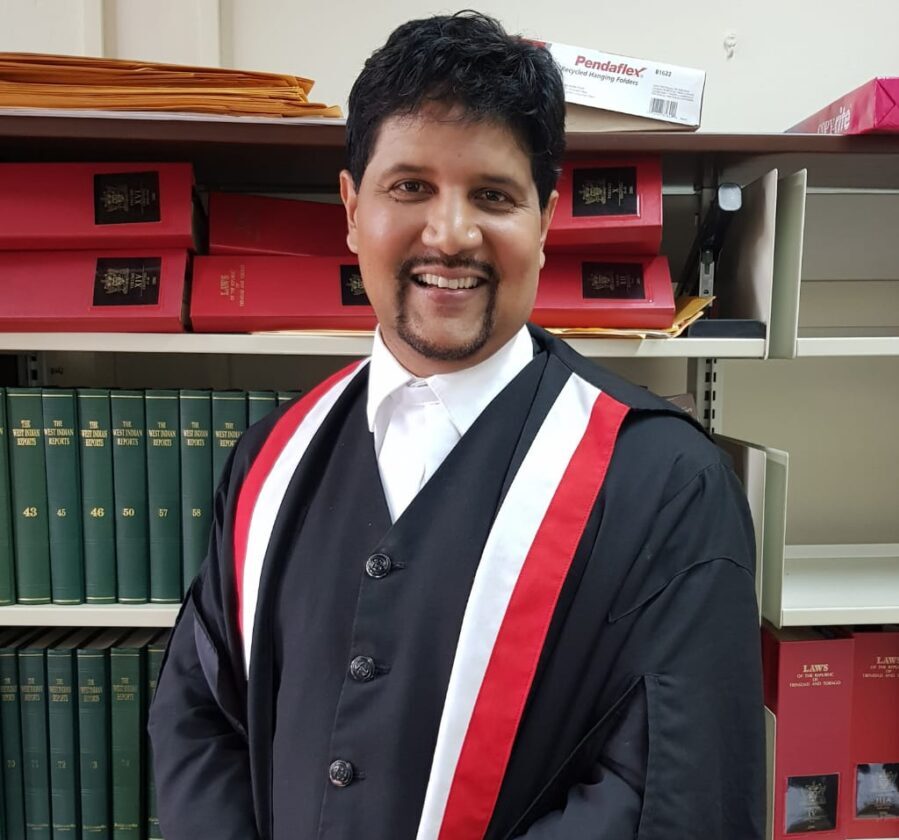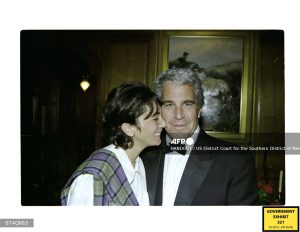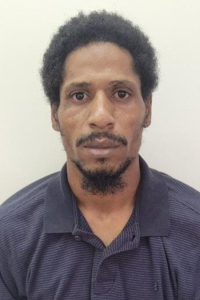Caption: Justice Frank Seepersad
A High Court judge floated a charity-first alternative on Thursday for thousands of seized counterfeit sneakers, suggesting Nike Innovate CV and Puma SE consider donating the items instead of destroying them.
Justice Frank Seepersad spoke during a motion hearing on October 1 over 7,300 counterfeit Nike and Jordan-branded slippers, plus 660 fake Puma slippers, seized by Customs in December 2023 from Penal-based DB Funstyles Clothing Ltd. Nike and Puma were represented by Miguel Vásquez and Fanta Punch, while DB Funstyles’ Rajiv Sochan appeared for the company, which has already admitted liability for trademark infringement.
In a September 8 ruling, Seepersad found that DB Funstyles infringed Nike and Puma’s trademarks under the Trademark Act and ordered the destruction of the counterfeit stock. The October 1 hearing, however, opened a new possibility: removing brand logos and donating the items.
Destruction was estimated to cost about $15,410. Seepersad asked whether a process to obliterate the infringing marks and safely reallocate the goods to charity might be cheaper in the long run and could help families in need—especially schoolchildren needing footwear.
He said, “And, you know, there are many poor people in this country, their children who have started school and may need school shoes. Of course, the claimants’ reputation can be preserved if its identifying marks can be removed.
“There’s a significant number of goods and a significant number of slippers. One would presume, if there were a way to remove the trademark, these would not be perfect-looking items…It’s ready items which could be used more for their utility than their appearance.”
Seepersad said, “Has any thought been given to when the items are delivered, instead of destruction, for the removal of the infringing trademark or identifying mark that associates the product with the claimant? That may be cheaper, and if the trademark is removed, then you have shoes which could probably be distributed to a charity.”
Vásquez acknowledged the idea had been considered but noted logistical hurdles and health risks. He flagged problems such as poor manufacturing quality and unknown chemicals in the counterfeit goods. Seepersad countered that if trademark removal and safety checks were feasible, the items could still serve a social good.
“If people can benefit from it, it is something worth considering,” the judge said, stressing that preserving the claimants’ reputations could be managed if identifying marks were removed and the items deemed safe for distribution.
Sochan added that charitable groups had already contacted him with requests for the items. Seepersad gave the parties 14 days to discuss potential charitable distributions, including which organisations might receive help and how to verify their legitimacy. He urged Nike and Puma to review requests, assess bona fide need, and determine whether the goods could be safely donated.
If a feasible donation plan cannot be arranged, Seepersad signalled that destruction would proceed, with the estimated costs still to be paid by the defendant.
DB Funstyles had until that 14-day window to hand over the goods for potential shredding and to account for any overtime needed to complete the process. The 14 days began after the October 1 hearing, and the court noted the likely two-day duration for destruction if that route is chosen.
In the original case, Nike Innovate and Puma SE argued the seized shipments—7,300 counterfeit Nike slippers bearing the Nike name, Swoosh, Jumpman, and Jordan emblems, plus 660 counterfeit Puma slippers with Puma branding—were detained by customs on reasonable suspicion of counterfeiting and subsequently seized and assigned to DB Funstyles.
Justice Seepersad’s latest remarks leave open a path for a charitable option, albeit one that hinges on effective trademark obliteration, rigorous safety checks, and the willingness of the brand holders to shoulder possibly higher costs in exchange for social benefit. The court will hear further updates after the 14-day discussion period.
![]()













